Nakiri vs usuba- I vote for the nakiri knife in most cases, yet there are some situations where the usuba trumps.
Vegetables are the cornerstone of Japanese cuisine. Then, no wonder that there’re 2 Japanese knives dedicated mainly to cut veggies, the nakiri, and the usuba knives.
Today, I make a comprehensive comparison between these 2 knives to see which one is perfect for you. Let the battle begin.
Here’s the summary of the difference between Nakiri and Usuba.
| Nakiri | Usuba |
| Doube-bevel (ryoba) | Single-bevel (kataba) |
| Lighter | Heavier |
| Thinner | Thicker |
| Shorter | Longer |
| Easy To use for basic vegetable chopping | Need some skills for small intricate work |
| Easy sharpening and maintenance. | Skilled sharpening and needs more care |
| Suitable for right-handed and left-handed | For right-handed or left-handed |
| Lowe prices | More expensive. |
Nakiri and Usuba Uses
Although both kitchen knives are tailored for vegetables, they are totally different in their uses. The nakiri vegetable knife is well-suited for home cooks while the usuba blade is made for the Japanese commercial kitchen.
You can use the nakiri for cutting greens for
- Salads like coleslaw.
- Soups like french onion soup
- Vegetable-heavy meals like stir-fry.
- Vegan recipes
The usuba is perfect for making the delicate, detailed, and decorative type of cuts like:
- Katsuramuki cuts
It’s a technique for peeling cylindrical vegetables like daikon radish and cucumber into continuous thin-paper sheets. You can use this cut to prepare some traditional Japanese dishes like smoked salmón rolls.
- Ken needle cuts.
A Japanese technique of shredding veggies like daikon, ginger, and potatoes into slender strips. Japanese chefs use these strips as vegetable garnishes tsuma for sashimi.
- Kazari-Giri decorative carving
It’s the art of cutting veggies into fancy shapes like a hexagon or a flower shape.
You must need a Japanese vegetable knife since you’re searching for the difference between nakiri and usuba.
So choose Nakiri if you’re:
- A casual cook who cuts everyday basic veggies like cucumber, onions, tomatoes, etc.
- A professional cook to handle volumes of vegetable prep during your daily routine.
N.B check our choice of the best nakiri knife or read this guide if you’re still hesitant.
Choose Usuba if you’re:
- A professional chef works in a traditional Japanese restaurant. It is a must for decorative and detailed cuts in sushi and smoked salmon preparation.
- A foodie who is serious about learning Japanese cuisine recipes.
- A knife nerd
It’s a unique thing to add to your quiver especially if you don’t have a single-bevel one. But, don’t forget to HIDE the shipping receipt away from your wife’s eyes:)
If you need more information about both knives, let’s dive deep into the nitty-gritty details of each.
Background
A nakiri knife ( Nakiri bocho) _ You can split the term “nakiri” into 2 parts. “na” which translates to a leaf and “kiri” which means cutting. So it’s the knife for cutting vegetables.
Nakiri is widely popular in Japanese homes for simple vegetable cutting. For example, they use it for slicing onions, dicing carrots, mincing herbs, and splitting cabbage.
An usuba Knife _ The name “usuba” is translated to “ thin blade”. It lends itself towards vegetable decoration and garnishing. In Japan, the usuba, the deba knife (for deboning fishes), and yanagiba (sashimi knife) are the most used traditional Japanese knives by professional chefs. You can see ‘em in every Japanese restaurant.
Fact! It’s the first knife that apprenticed Japanese chef should learn how to use. It could take ‘em years of practice to perfect the katsura-muki peeling cut.
N.B. A lot of knife makers consider the two names “nakiri” and “usuba” to have the same meaning.
Profile
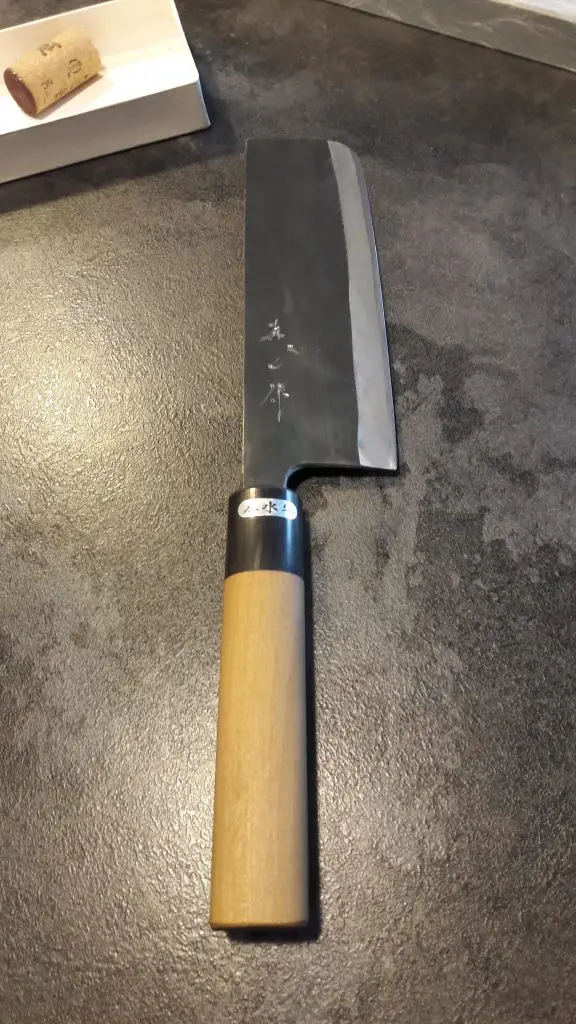
Usuba blade has 2 styles, Kansai style (Osaka style), and Kanto style (Tokyo style). The Kansai style is more popular and versatile with an angled tip that is better for detailed work. The Kanto one features a rounded-off tip that won’t be stuck into the cutting board.
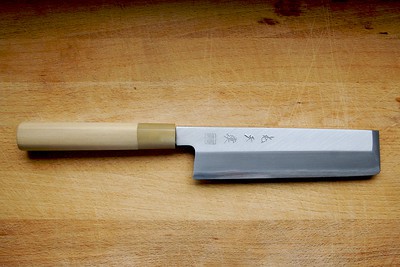
Both Japanese knives come with a rectangular blade and a straight edge whit rounded-off or no tip. Yet, they have many differences that define their function.
Thinness
Both are thin, but the usuba knife has a thicker blade. So, they will give you cleaner cuts as they won’t crush the veggies’ fibers.
In 101 Knife Designs book, Murray Carter writes “That said, consider the Japanese Nakiri-bocho, a rectangular blade used for chopping veggies, superior examples of which are no thicker than 1.2 mm at the thickest part of the blade. In the real world, nakiri spine thickness sets between 1.2 mm to 3.5 mm.
Weight
The nakiri knife is almost half the weight of the usuba knife. That makes the nakiri knives speed demons and easier to maneuver. That’s great news for cooks with busy linework and long shifts.
However, the heft of the usuba knives is crucial for its function. It gives you more control when peeling daikon with Katsura-muki style. Or carving carrots to make attractive Vegetable Canapés.
Blade length
Usuba knives have longer blade lengths compared to nakiri knives.
A nakiri blade length sets between 5-7 inches. Meanwhile, usuba usually comes between 7-10 inches.
Edge
While a nakiri is sharpened on both sides (double-bevel), an usuba is sharpened on only one side. It’s usually the right side. That means the nakiri has a V-shaped edge, yet the usuba blade features a chisel-style edge.
That explains why a nakiri is suitable for BOTH right and left-handed people while the usuba is well-suited for ONLY righties OR lefties.
This difference is also a night and day difference in terms of technique and sharpening.
Technique
You can use your wonderful nakiri blade mainly doing vertical cuts straight across the vegetable( push-cutting). But, the clunky usuba excels at rotary peeling cuts rather than vertical ones.
You need some practice to make straight cuts using an usuba knife. You’ll notice that the right-handed one swerves to the left. The left-handed usuba would pull to the right.
Maintenance & Sharpening
I need here to illustrate the difference between 2 types of Japanese kitchen knives, the honyaki, and the awase knives.
Honayaki is fully made from a single type of high-carbon steel (hagane) while awase knives use the hagane in the cutting edge and a softer iron (jigane) in the spine and the blade body.
The usuba is an example of a honyaki knife and the nakiri is an awase one.
So, usuba needs more care as it could rust easily compared to nakiri. It’s also harder to sharpen.
On the other side of the coin, the honayaki usuba is ultra-sharp and holds its edge for a wayyy longer time.
Price
The honyaki usuba is made by an artisan-level with a better fit and finish. So, it’ll set you back big money to pick up one. However, the nakiri knives are reasonably priced and you can find ‘em at any price range.
Nakiri Vs Usuba: Who’s the winner?
You don’t need a knife to set unused in your drawer unless you’re a knife-obsessed. I believe that a nakiri is more than enough for everyday veggie use. It’s easier to use and maintain, more versatile, and cheaper than the usuba.
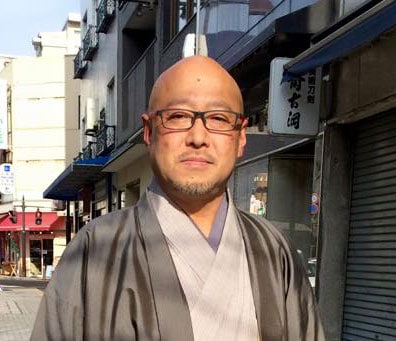
My name is Kenzo Kishita. I’m a retired cook and a knife nerd. Now I’m a full-time home cook and a passionate blogger. Here in the blog, I share with you my love for knives and cooking.
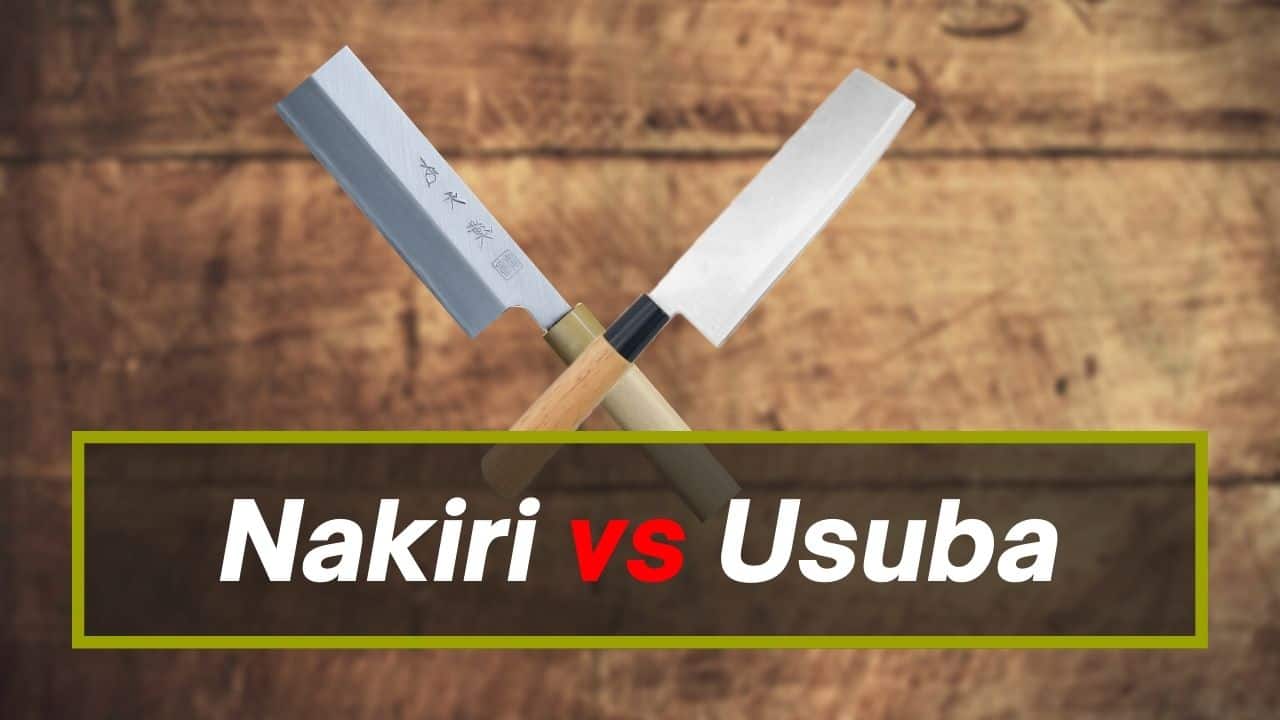
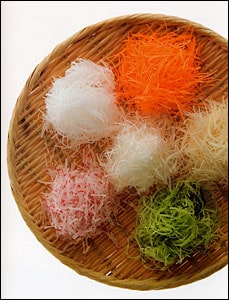
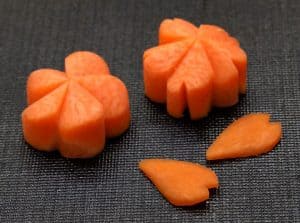


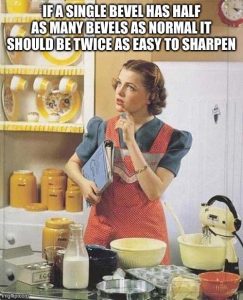

This was extremely helpful and educational. Thank you!
Thank You for your nice words